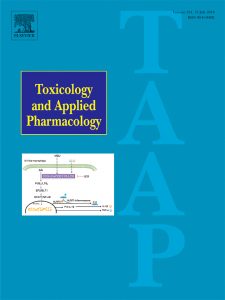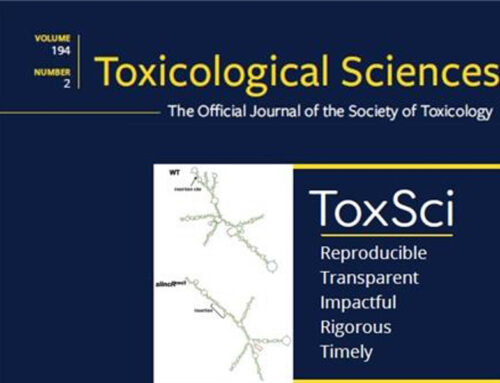Predicting changes in cardiac myocyte contractility

Abstract:
Cardiovascular-related adverse drug effects are a major concern for the pharmaceutical industry. Activity of an investigational drug at the L-type calcium channel could manifest in a number of ways, including changes in cardiac contractility. The aim of this study was to define which of the two assay technologies – radioligand-binding or automated electrophysiology – was most predictive of contractility effects in an in vitro myocyte contractility assay. The activity of reference and proprietary compounds at the L-type calcium channel was measured by radioligand-binding assays, conventional patch-clamp, automated electrophysiology, and by measurement of contractility in canine isolated cardiac myocytes. Activity in the radioligand-binding assay at the L-type Ca channel phenylalkylamine binding site was most predictive of an inotropic effect in the canine cardiac myocyte assay. The sensitivity was 73%, specificity 83% and predictivity 78%. The radioligand-binding assay may be run at a single test concentration and potency estimated. The least predictive assay was automated electrophysiology which showed a significant bias when compared with other assay formats. Given the importance of the L-type calcium channel, not just in cardiac function, but also in other organ systems, a screening strategy emerges whereby single concentration ligand-binding can be performed early in the discovery process with sufficient predictivity, throughput and turnaround time to influence chemical design and address a significant safety-related liability, at relatively low cost.





